As early as Etruscan times, the massive Chianina cow, tall, white and mighty, was used as a working breed, pulling the plow in the fields thus providing more substantial meat to the palate.
We still find it today, as then, in medieval historical reenactment processions: most famous is the one that parades every year in June in the sabbione of Piazza Santa Croce during the Florentine Historical Football event.
But when did the Florentine steak become the city’s signature recipe?
Historians seem to locate the birth of this dish as early as the 15th century: during the city celebrations in honor of San Lorenzo, the De’ Medici Family offered the people barbecued beef, thus honoring the legend where it is told that Lawrence while being burned in the fire shouted to the people, “Now turn me over to the other side because I am already cooked from this one.”
